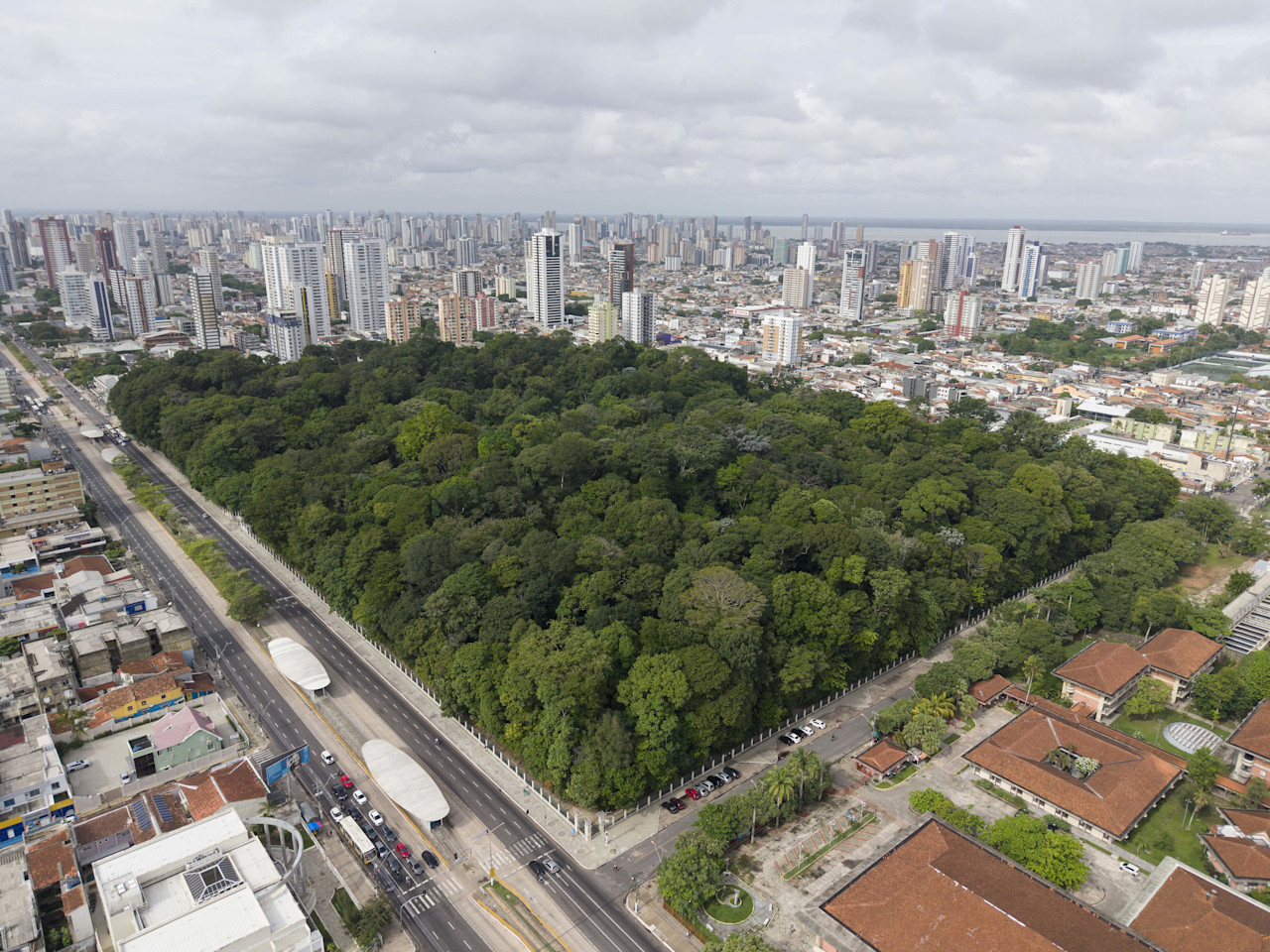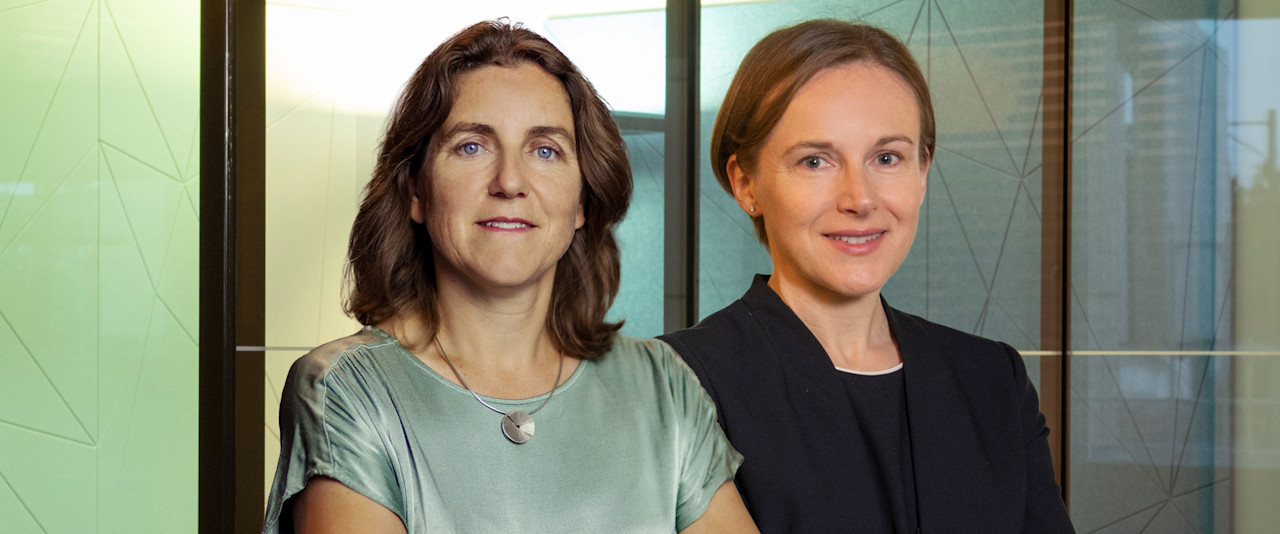

Building the agenda for future research in sustainable investing
The next frontier in sustainable investing research at Robeco is to source data and develop metrics and tooling related to biodiversity, human rights and the circular economy. This is in addition to fine-tuning its recently developed analytics and methodologies for climate-aligned investing.
まとめ
- Robeco has made good progress in deepening its insight related to SDG investing and climate investing
- Factoring biodiversity into the investment process is the next theme for sustainable investing research
- Thereafter, the next priority will be to build tooling to measure companies’ contribution to human rights
This is not an easy task. Data scarcity is a real constraint, while researchers have to navigate highly complex concepts to create simple and functional tools for application across investment processes.
Lucian Peppelenbos, Climate and Biodiversity Strategist at Robeco, has big goals for current and future research projects. “Our ambition is to understand how each company in our portfolios contributes to the transition to a net-zero economy, to a circular economy, and to a society where human rights are respected in the broad sense of the word.”
In practice, this requires developing the thought leadership and metrics to be able to quantify these interactions.
By combining the expertise of the SDG, climate and biodiversity strategists, sustainable investing researchers, the active ownership team, data scientists and fundamental analysts, Robeco has made good progress in deepening its insight related to SDG investing and climate investing. It was one of the first asset managers to formally develop a proprietary investment framework focused on the SDGs and has been working on its Sector Decarbonization Pathway (SDP) methodology for three years.
But incorporating predictive elements in these methodologies – for example in tooling that assesses the extent to which companies are aligned with global climate goals – is a challenge.
“We all do carbon footprint assessment nowadays. That's standard practice. The difficult part is the forward-looking component. How are companies prepared for the net-zero transition? How credible are their plans to reduce their emissions and contribute to climate solutions? That is what we capture in our research.”
Building biodiversity dashboards
The next theme for Robeco’s sustainable investing research program is to factor biodiversity considerations into the investment processes. This is in line with the asset manager’s view that the loss of biodiversity and natural habitats represents a systemic risk, and is therefore highly relevant for investors.
To this end, Robeco is developing a biodiversity investment framework that will enable it to link individual companies to biodiversity contributions across all its investments. The ultimate goal is to be able to measure and steer investments according to their contribution to the protection of biodiversity and nature.
As is the case with decarbonization research, this is highly complex terrain – partly because the financial implications of biodiversity loss are rarely measured. Furthermore, to have meaningful results for portfolios, it is critical to have accurate, localized data.
“Biodiversity has many different components and you can’t rely on a single metric like carbon emissions, say. What we’re trying to capture in our research is how companies contribute to or mitigate drivers of biodiversity loss,” Peppelenbos says.
These drivers include changes in land use, exploitation of natural resources, pollution and invasive species. The objective with this tooling is to generate a biodiversity score; this score would indicate individual companies’ positive or negative contribution to biodiversity-loss drivers.
“To truly understand a company’s impact on biodiversity, we need locational data, which of course is very specific. What is the connection between a company’s activities or its supply chain and events such as deforestation or a watershed?”
He says it will take many years to implement new disclosure standards and build the needed databases.
“We don’t have the time to wait for that. So we’re dealing with the challenge by developing outcomes-related key performance indicators that will be a proxy for biodiversity impact. This is why we talk about companies’ contribution to halting or reversing biodiversity loss, rather than trying to directly measure a company’s impact on biodiversity. And, of course, as data becomes available, we can enrich our models and adjust the measurements.”
Once the work of quantifying the impact of investments on biodiversity is well underway, attention will shift to building tooling to measure companies’ contribution to human rights.
最新のインサイトを受け取る
投資に関する最新情報や専門家の分析を盛り込んだニュースレター(英文)を定期的にお届けします。
Doubling down on double materiality
Peppelenbos says there have been various learnings from thinking deeply about investing with an SDG, climate and biodiversity lens. A primary lesson is around the concept of double materiality – understanding the impact of a company on sustainable factors such as the environment or human rights, as well as the extent to which a company is exposed to risks from these factors. “When you build out your analytics, you need to consider these two aspects of impact and risk separately, but they are very much related. Any impact metric also has risk elements.”
“So, I guess the lesson is that we now have a better appreciation of how double materiality works for climate, and we are applying this to biodiversity, to frame our metrics accordingly. In time, we will apply this to human rights, too.”
As the interplay between impact and financial risk is becoming increasingly dynamic – thanks to society’s collective movement toward sustainable development, and given regulators’ drive to penalize adverse impact and incentivize positive impact – investors certainly need to have a good handle on how this shapes investment outcomes.
Many hands make sustainability work
Peppelenbos says he talks to many peers and asset owners about their sustainability objectives and their ability to invest accordingly. Not everyone seems confident about having access to the right data or methodologies to do this well, which makes him all the more determined to deliver on Robeco’s lofty ambitions.
Teamwork will be critical. “This is really about collaboration. We have an excellent group of researchers from different teams at Robeco: sustainability researchers, industry specialists and data scientists. We work as an integrated team and leverage external work from data providers, academics and experts – all of whom guide and challenge us.”
Equally, it is about screening new data and making choices that will underpin the robustness of the models. “We constantly review what new data is available, as this is now developing really quickly, and we need to make the best selection.”
The research and the tooling design have been immensely satisfying for him and his team members. “It’s the perfect combination of applying curiosity – scientific curiosity – with innovation and collaboration.”
In doing this work, Peppelenbos’s mantra is Da Vinci’s philosophy that simplicity is the ultimate sophistication. “We cover very complex topics like climate change, biodiversity and human rights, to create simple solutions that still do justice to the underlying complexity. That's a true intellectual challenge and one that I love.”
This is an extract from a longer publication, ‘Four ways credit investors can contribute to a more sustainable future’
重要事項
当資料は情報提供を目的として、Robeco Institutional Asset Management B.V.が作成した英文資料、もしくはその英文資料をロベコ・ジャパン株式会社が翻訳したものです。資料中の個別の金融商品の売買の勧誘や推奨等を目的とするものではありません。記載された情報は十分信頼できるものであると考えておりますが、その正確性、完全性を保証するものではありません。意見や見通しはあくまで作成日における弊社の判断に基づくものであり、今後予告なしに変更されることがあります。運用状況、市場動向、意見等は、過去の一時点あるいは過去の一定期間についてのものであり、過去の実績は将来の運用成果を保証または示唆するものではありません。また、記載された投資方針・戦略等は全ての投資家の皆様に適合するとは限りません。当資料は法律、税務、会計面での助言の提供を意図するものではありません。 ご契約に際しては、必要に応じ専門家にご相談の上、最終的なご判断はお客様ご自身でなさるようお願い致します。 運用を行う資産の評価額は、組入有価証券等の価格、金融市場の相場や金利等の変動、及び組入有価証券の発行体の財務状況による信用力等の影響を受けて変動します。また、外貨建資産に投資する場合は為替変動の影響も受けます。運用によって生じた損益は、全て投資家の皆様に帰属します。したがって投資元本や一定の運用成果が保証されているものではなく、投資元本を上回る損失を被ることがあります。弊社が行う金融商品取引業に係る手数料または報酬は、締結される契約の種類や契約資産額により異なるため、当資料において記載せず別途ご提示させて頂く場合があります。具体的な手数料または報酬の金額・計算方法につきましては弊社担当者へお問合せください。 当資料及び記載されている情報、商品に関する権利は弊社に帰属します。したがって、弊社の書面による同意なくしてその全部もしくは一部を複製またはその他の方法で配布することはご遠慮ください。 商号等: ロベコ・ジャパン株式会社 金融商品取引業者 関東財務局長(金商)第2780号 加入協会: 一般社団法人 日本投資顧問業協会






















